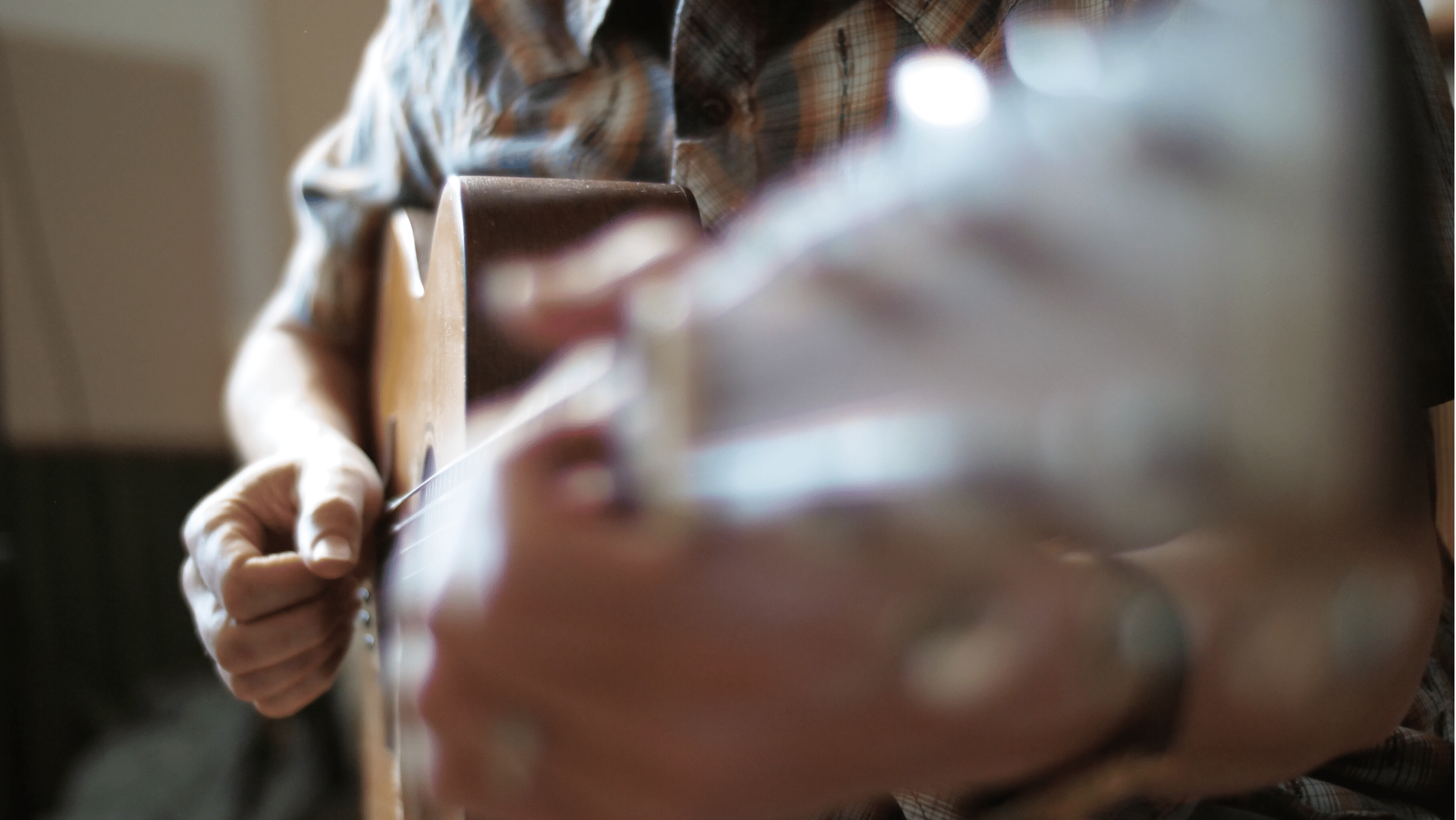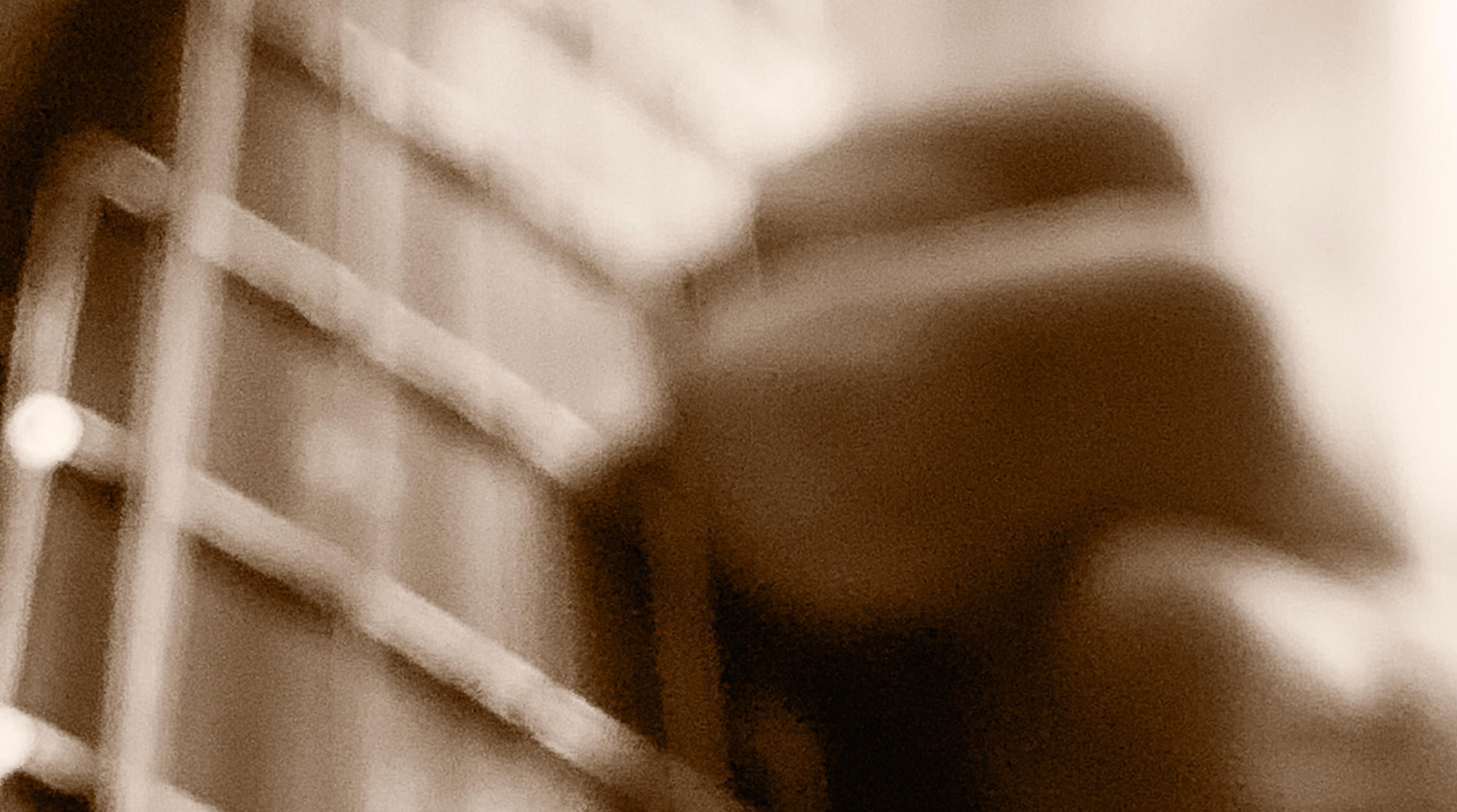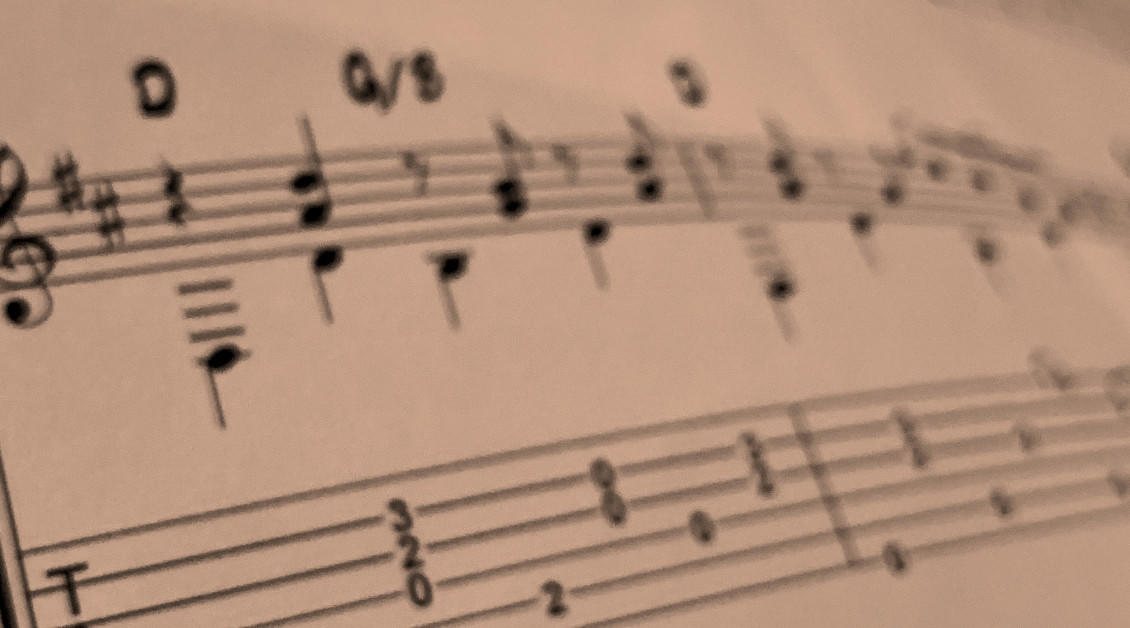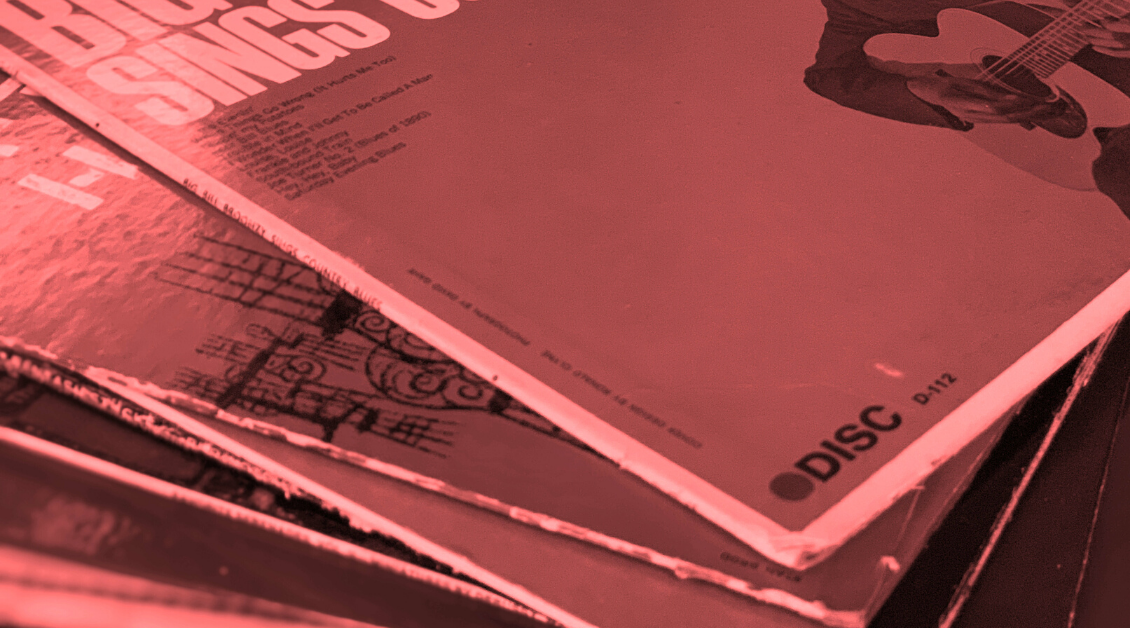LEARN TO IMPROVISE
while building your repertoire and deepening your groove
When you join the The Fingerstyle Five, you won't just learn new songs, you'll get the exercises and lessons you need to solo on them, too. And with an ever-growing archive of classic blues songs, original instrumentals, theory lessons and members-only arranging workshops, you'll know just what to practice without ever running out of things to work on.
Improvising: Not Just For Electric Guitarists
Improvisation is too fun to simply leave to the electric guitarists. But if you've ever tried sticking pentatonic licks over a steady bass or changing up the melody to a John Hurt song on the fly, you know it can be harder than it looks. At the same time, most acoustic blues instruction remains focused on memorization and rote performance. You can find countless resources for learning to play note-for-note versions of the great prewar bluesmen, but next to nothing on how to start making your own music in the fingerstyle blues idiom.
In The Fingerstyle Five, every time you get a new song to learn, it doesn't stop there. You get a basic and and an advanced version of the same tune, to help you learn the chord substitutions, syncopations and other embellishments that take an arrangement from so-so to super cool. You get exercises to zero in on each tricky transition or new chord voicing, so your right hand groove and left hand coordination become as confident as possible. And you get detailed videos that walk you, bar by bar, through the whole chord progression, with exercises for building your vocabulary of licks and chord voicings and lessons showing you how to put them together into compelling, exciting solos.
Every song and exercise from past months is archived and available to current and new members:
Across The Great Divide
Like a lot of guitarists, I grew up playing both electric and acoustic guitar. Electric guitar was for playing with other people, for jamming or playing in a band, while acoustic guitar was, for the most part, about playing by myself. Since I didn't sing much, at least back then, I focused on instrumentals like Davey Graham's "Anji," memorized the guitar parts to Dave Van Ronk and Hot Tuna arrangements, and tried to work out ways to put the melodies of cool songs over a steady or alternating bass.
Because it takes so much coordination just to put a fingerstyle song together, once I had something worked out, I played it the same way, over and over. As I learned to sing and play, write my own songs and arrange other people's material, I stuck to this approach: once I had a cool guitar part worked out for a song, I played it the same way every time.
Something about this felt kind of limiting, and one weekend, at a little venue in upstate New York, I realized why. I was playing solo, sharing a bill with a musician named Jack Williams. He was playing solo, too. Except that he wasn't playing his songs same way every time. Even though it was my first experience hearing him, it was clear he was improvising, taking solos, playing fills, the guitar parts dancing around his vocals in a way that felt free and impromptu and inspired.
Hearing Jack Willams changed my sense of what was possible, but it didn't change my playing overnight. In the back of my head, I carried around this idea of what I wanted to be able to do, but it wasn't until many years later that I began to work out how to do it. Now living in Austin, I began a yearlong residency at a local listening room. I did the gig as a trio, with upright bass and drums, dragging both my 00-18 and a Telecaster to the gig and switching off between the two at various points in the show.
Which is how I noticed that I was still playing fixed arrangements on acoustic guitar, and picking up the Tele when I wanted to improvise. And yet, overall, the acoustic was a much better sound for the songs I was playing, and a much better fit for my temperament. So the question became: could I stick to the Martin all night, and still improvise? And I don't mean flat picking or anything like that; I've always been happy to leave that to the Norman Blakes and Tony Rices of the world.
No, the question was, if I'm fingerpicking in C, if I'm picking a steady bass blues in A or dropped D, can I not only play the melody, but also solo? Slowly, over the weeks and months, on the gig and practicing in between, I worked out the techniques, the ideas and the view of the fretboard I needed to improvise, whether playing alternating thumb style or with a steady bass. As I did so, I picked up the Tele less and less. I got to the point where I could do everything I wanted to do – arrange songs, improvise and groove – playing solo fingerstyle guitar.
Because I've always taught as well as played, as I figured out how to do these things, I tried to come up with ways to explain what was working, so I could apply it not just to one song at a time, but to any song I might want to work on. And now, with The Fingerstyle Five, I want to show you how you can do that, too.

Practicing Improvisation
Somewhere in between playing by rote and blindly winging it lies this simple idea: improvisation starts with learning a few variations for every couple of bars, then learning to swap them out for each other on the fly. That's it. Got three variations for every two bars of an eight-bar song? Even I can do the math on that: it's 81 different combinations for how to play through the tune. That's a lot of music from just twelve licks.

Creating Whole Arrangements
You can build a complete instrumental arrangement of any blues tune with just seven steps: an intro, a basic pass through the tune, an embellished pass through the tune, a chorus or two of improvising, an arranged variation or "shout chorus," a recap of the melody, and an outro or closing vamp. That's it! In the Fingerstyle Five, we do a members-only live stream each month just to talk about arranging strategies and look at hands-on ideas for intros, vamps, shout choruses and more.

A Roadmap For Soloing
If you're wondering how to fill up all that blank space without running out of ideas, don't worry – you've got the form. In the case of the blues, it's typically an eight or twelve bar chord progression, which we can break down into two or four bar sections. The chord progression and the melody tell you a lot about what to do – the scales and notes to emphasize, where to play, where to pause. The form is your roadmap to the tune, and the melody is your guide to shaping your solo.

Repertoire & Groove
Even if your goal is improvising, repertoire still matters: what are you going to improvise on? In The Fingerstyle Five you'll apply everything you learn to classics like "Stagolee," "Crow Jane" and "Sitting On Top Of The World" as well as original blues tunes you can't get anywhere else. And because everything sounds better when it's played with great time, each arrangement and every lick is treated as an opportunity to improve your right hand coordination and master the groove.
Watch The Free Workshop Series
I've put these free workshops together so you can see firsthand if the Fingerstyle Five approach is for you. If you missed one, you can rewatch it here, and learn to arrange and improvise on the blues classic "Motherless Child."
WHAT PEOPLE HAVE TO SAY ABOUT THE FINGERSTYLE FIVE:
Jim F.
"You have given me back my love of guitar and a clear path to follow to play the style I have always wanted to play."
Richard N.
"There are a lot of great guitar players and instructors out there but I've yet to see one who's laid out such a simple, effective, complete, and yet flexible method of teaching"
Mark S.
"In a difficult year ( for a number of reasons) being a part of the community that you shepherd has made my musical life much richer, which in turn makes my life a much better place."
Bob R.
"The format is very helpful for someone like me, who has tons of lesson materials and tends to jump around from day to day without ever finishing something up. Spend a month with a song here and you've got new repertoire and some new skills."
Anton E.
"I can't believe it has been a year in this course. I've learned so much. This is the longest I have stuck with learning a new style of guitar music."
Hank I.
"More than memorizing a song or piece of music I wanted a system of how to learn a song and of course take that song further. This is what I've been searching for."
Mike D.
“I’m still a nobody, but thanks to you I’ve become a much better guitar playing nobody!”


